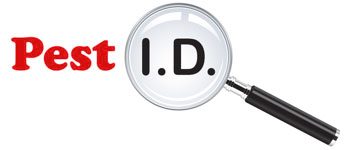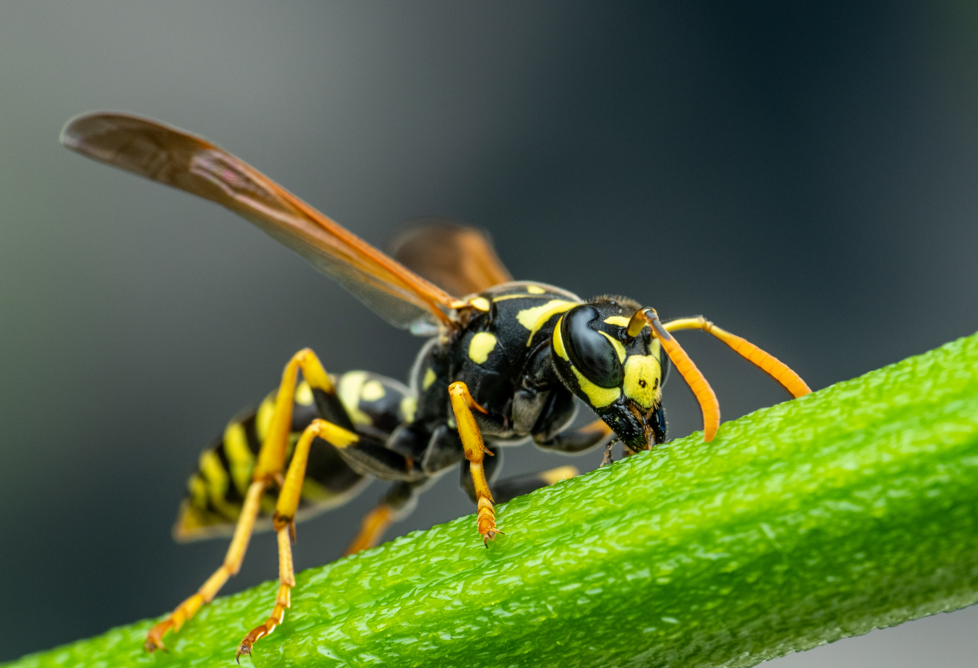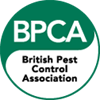Wasps, bees, and hornets are all members of the order Hymenoptera, which also includes ants and sawflies. While these insects may share some similarities, there are also some key differences that can help you distinguish between them.
One of the most obvious differences between wasps, bees, and hornets is their appearance. Wasps are typically slimmer and more elongated than bees, with a narrower waist and longer legs. They also have smooth, shiny bodies, rather than the fuzzy appearance of bees. Hornets, on the other hand, are larger and more robust than both wasps and bees, with thick, muscular bodies and distinctive orange and black markings.
Another key difference between these insects is their behavior and habits. Wasps are generally more aggressive and territorial than bees, and are more likely to sting if they feel threatened. They also have a stinger that they can use multiple times, unlike bees, which can only sting once before dying. Hornets, on the other hand, are less aggressive than wasps, but are still more likely to sting than bees.
One of the most important differences between wasps, bees, and hornets is their role in the ecosystem. Bees are vital pollinators, and play a critical role in the reproduction of many plants and crops. They are also responsible for producing honey, which is a valuable food source for both humans and other animals. Wasps, on the other hand, are predators that feed on other insects, including bees. Hornets, meanwhile, are both predators and scavengers, and feed on a wide range of insects, as well as fruits and nectar.
Despite their differences, wasps, bees, and hornets do share some similarities. All three insects are social, living in colonies that are organized into a hierarchy. The colony is led by a queen, who is responsible for laying eggs and producing new members of the colony. The other members of the colony are workers, who are responsible for tasks such as foraging for food, building and maintaining the nest, and caring for the young.
In terms of nesting habits, wasps, bees, and hornets also have some similarities. All three insects build nests out of a mixture of saliva and plant fibers, which they chew and mold into a structure. Wasps and hornets typically build their nests in trees, bushes, or other protected areas, while bees typically build their nests in underground burrows or cavities.
While wasps, bees, and hornets may seem similar at first glance, there are actually several key differences between these insects. From their appearance and behavior to their role in the ecosystem and nesting habits, each of these insects has its own unique characteristics. By learning to identify the differences between these insects, you can better understand and appreciate the diversity of the natural world.








